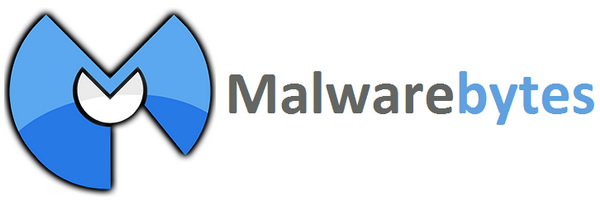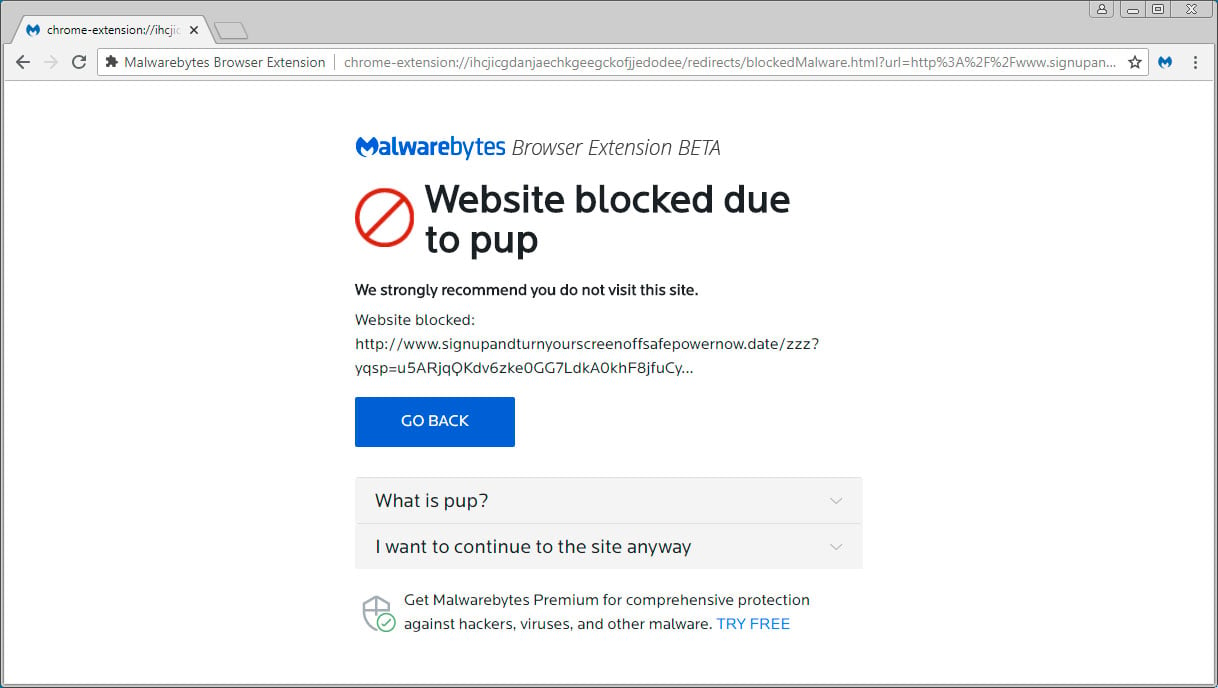

In this case, I wanted to clone the bootable SSD into a VM.

That wouldn’t work in this case: it would give me a virgin installation, not the configured installation I wanted to use. Ordinarily, a user would create a Windows VM by downloading the Windows ISO and using it to install Windows into a new VM. I found VMware Player far easier to work with, for purposes of cloning and renaming VMs. But since VirtualBox could use a VMware VMDK file as the basis for a VM, I was going to set up the VM using VMware Workstation Player (referred to here by its simpler prior name, VMware Player). I wanted to end up with a VirtualBox VM, because VirtualBox offered a snapshot feature that would be useful for my purposes. Now I wanted to create a VM that would run that slimmed-down Win10 installation. As part of an anti-ransomware project described in another post, I had cloned that desktop installation to a bootable external solid state drive (SSD), and had removed many nonessential programs. I started with a Windows 10 desktop (physical) installation that I had extensively configured and in which I had installed a great deal of software. Both required a bit of tinkering with the VM, so that it would allow the user to boot those ISOs inside the VM.Ĭlone or Restore Using Other Bootable Tools

The other approach used GUI tools found in live WinPE multitool ISOs. One approach used the dd command in Linux, running from a live Linux ISO. The following discussion reports my success in using two different tools, running inside a VM, to clone an external drive or restore an external drive image to that VM. In these internal techniques, you are inside the VM you are installing or restoring an image to the VM, as if it were a physical system. The approaches explored in the present post are not like that. External methods mean that you create the VM from the outside, treating it as just a type of file that may require some kind of conversion. This post describes several ways in which I tried to do that.Īn earlier post discusses external physical-to-virtual (P2V) conversion methods. I had developed a Windows 10 installation that I wanted to convert into a virtual machine (VM).


 0 kommentar(er)
0 kommentar(er)
